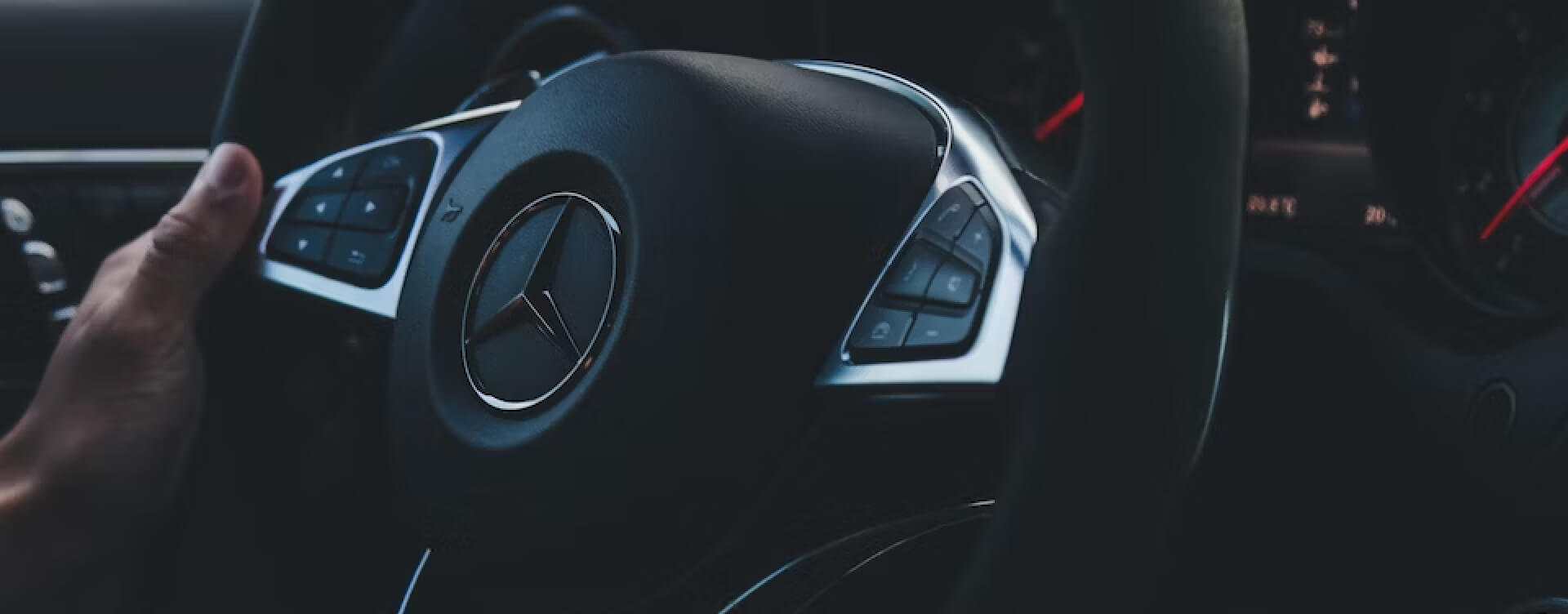Dealing with a dead car battery? Learn the top 5 things that are killing your car battery and how to prevent them. Our guide reveals the main reasons and simple steps to keep your battery reliable.
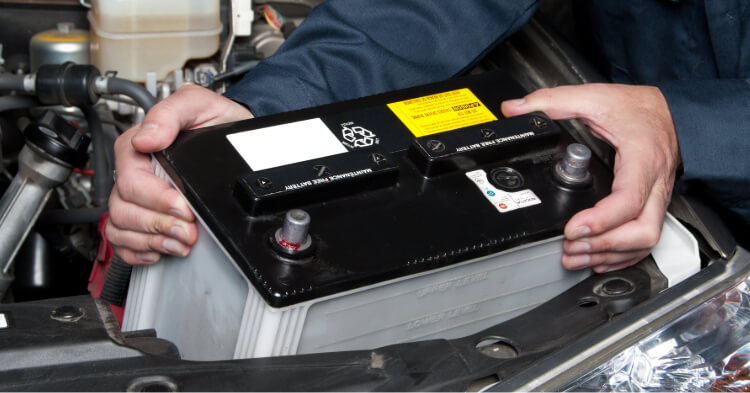
All drivers are required to be insured. Make sure you understand the ins and outs of car insurance before hitting the road.

The open road calls, a siren song of freedom and adventure. But before you succumb to the lure of the highway, remember that roads are not always smooth, and accidents, though unfortunate, are a part of life. This is where understanding car insurance comes into play, a safety net that provides financial protection against life’s unexpected roadblocks. Have you ever wondered about the nuts and bolts of your auto insurance policy? Let’s decode the enigma together and pave the way for a safer journey.
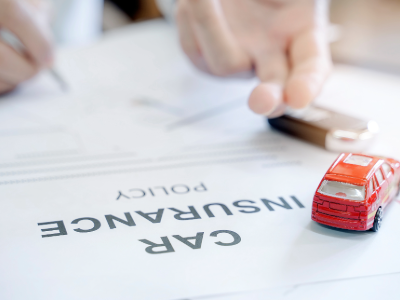
Many view car insurance as a necessary evil. However, gaining an understanding of car insurance need not resemble navigating a labyrinth. Car insurance, at its core, is a contract between you and an insurance company. You pay premiums, and in exchange, the insurance company steps in to cover financial losses arising from an accident or harm to your vehicle. It’s like a financial safety net, ready to catch you if you fall.
Consider car insurance as a safeguard, stepping in to protect you from potential financial losses due to a car accident or damage to your car. Personal injury protection (PIP) can even extend its protective shield to cover additional equipment, towing, and road service.
Imagine driving without a safety net, with the risk of a license suspension, hefty fines, or even jail time looming over you. Sounds scary, doesn’t it? This is where auto insurance steps in, not just as a financial protector but also as a legal shield.
In most states, having auto insurance isn’t just a safety measure, it’s the law. The repercussions of not having car insurance can be severe, including license revocation, financial penalties, and even incarceration.
Auto insurance, including personal auto insurance, is not a one-size-fits-all product. It’s more like a wardrobe, with different types of coverage suitable for different occasions. Among these are:
Each coverage type serves a different purpose. Liability coverage, for example, offers financial protection if you are deemed legally responsible in an accident, which is where liability insurance comes into play. Collision coverage pays for your own car repair expenses irrespective of who is responsible for the crash. And in the unfortunate event of your car being totaled, gap insurance steps in to cover the difference between the current market value of the vehicle and the amount still owed on the car loan or lease.
Understanding your auto insurance policy doesn’t require any special skills. Consider it a puzzle composed of components like:
The key to solving this puzzle lies in understanding each piece.
Let’s take a look at premiums. These are essentially the price you pay to purchase your auto insurance policy. They can be lowered by increasing your deductible, which is the amount you pay before your insurance coverage kicks in. However, increasing your deductible can lead to higher out-of-pocket expenses when making a claim, so it’s important to strike a balance that works for you.
To understand your auto insurance policy, you need to decode its various components. The premium is the cost you pay in exchange for the protection offered by the policy. The deductible is the amount you pay out of pocket before your insurance coverage begins to cover the costs.
It’s also important to understand the boundaries of your policy. The maximum amount the insurance company will pay out on a claim is defined by limits. These limits act as a boundary for the payout decision.
While your car insurance policy provides ample protection, it isn’t an all-encompassing shield. There are certain things it doesn’t cover, known as exclusions. Common exclusions include:
You might wonder why stolen belongings aren’t typically covered by auto insurance. Here’s why: auto insurance primarily focuses on covering damage to the vehicle itself and liability for injuries or damages caused to others. Consequently, personal belongings, such as laptops or cell phones, are considered separate property and aren’t included in the coverage provided by auto insurance policies.
Selecting the appropriate car insurance coverage might seem like navigating a maze. However, with a clear assessment of your needs and a comparison of various quotes and policies, the process is simpler than it appears.
The first step is assessing your needs. Take into consideration factors such as:
Once you’ve assessed your needs, the next step is to compare quotes and policies from different insurance companies. Here’s how to do it:
When assessing your auto insurance needs, consider factors like your state’s minimum insurance requirements, your vehicle’s value, and your financial assets. Every state, with the exception of New Hampshire, mandates that drivers possess a minimum level of bodily injury liability coverage and property damage liability coverage.
Another factor to consider is the current value of your vehicle. Insurance companies take into account factors such as:
Once you’ve assessed your needs, the next step is to compare auto insurance quotes and policies. It’s important to consider not just the price, but also the following factors:
Comparing quotes from multiple insurers can help you find the best deal and ensure you’re adequately covered.
Reliable platforms for obtaining and comparing auto insurance quotes include:
These platforms allow you to compare quotes from multiple insurers at once, making it easier to find the best deal.

If an accident occurs or a covered loss is experienced, a claim must be filed with the insurance company. Although the process may seem intimidating, with the right information, it can be handled efficiently. The first step is to report the incident to your insurance company. You’ll need to provide the following details:
Once you’ve reported the incident, you’ll need to cooperate with the claims adjuster during the investigation process. The claims adjuster plays a critical role in the car insurance claim process. They are tasked with investigating and managing insurance claims, which includes collecting data, evaluating the magnitude and authenticity of the claim, and striving for a just resolution for all parties involved.
Filing a car insurance claim requires providing certain information to your insurance company. You’ll need to provide:
You’ll also need to cooperate with the claims adjuster during the investigation process. The claims adjuster will collect evidence, interview witnesses, and assess the damages to determine the validity and value of your claim.
While insurance companies strive to handle claims swiftly and efficiently, there are instances when claims may be denied. Common reasons for claim denials include:
Another common reason for claim denials is self-inflicted damage. For instance, if you cause damage to your own car through reckless driving, insurance companies may refuse to cover the repairs.
Beyond its legal necessity, car insurance can pose a considerable expense. However, there are strategies to reduce the cost of auto insurance. You can take advantage of discounts, incentives, and adjustments to your coverage and deductibles to lower your auto insurance costs.
Insurance companies offer various discounts for good drivers, multi-car policies, bundling home and auto insurance, and completing defensive driving courses. Adjusting your coverage and deductibles can also help you save money. For instance, you might consider raising your deductible or dropping unnecessary coverage on older vehicles to reduce your premium.
Many insurance companies offer discounts as a way to incentivize safe driving and reward customer loyalty. These discounts can significantly reduce your premiums and make your insurance more affordable. Some common discounts include:
For instance, a good driver discount can save you 10% to 30% on your car insurance premiums if you maintain a clean driving record. If you bundle your home and auto insurance, you can potentially save up to 20% on your premiums.
Another way to save money on auto insurance is by adjusting your coverage and deductibles. If you choose to raise your deductible, you will be responsible for a larger portion of any claim, but your premium will be lower. This can result in more affordable insurance premiums and an average savings of 7% to 28% on your car insurance.
However, it’s important to consider your financial situation before raising your deductible. If you raise your deductible and then can’t afford to pay it when you need to file a claim, you could end up in a financial bind.
For drivers who can’t get insured through traditional insurers, state-sponsored insurance programs can be a lifeline. These programs provide low-cost insurance for income-eligible drivers or those who can’t obtain coverage through traditional means.
For instance, the California Low Cost Automobile Insurance Program is a state-sponsored program designed for good drivers who meet the income eligibility criteria. Other states offer similar programs to help ensure that all drivers have access to the insurance coverage they need.
Navigating the world of auto insurance can seem complex, but with the right knowledge, it doesn’t have to be intimidating. Understanding the basics of car insurance, the importance of coverage, how to choose the right policy, how to file a claim, and how to save money on your premium can empower you to make informed decisions. Remember, car insurance is not just a legal requirement – it’s a safeguard that protects you, your vehicle, and your financial stability.
When choosing auto insurance, consider the five main types of coverage, how much coverage you need for yourself and your car, the company’s customer service reputation, your state’s coverage requirements, and your individual needs based on vehicle use and budget.
Auto insurance typically consists of three components: liability insurance for bodily injury, liability insurance for property damage, and uninsured motorist coverage.
Liability car insurance provides coverage for damages or injuries to other vehicles and people caused by you while driving, whereas full coverage includes this liability protection plus additional types of insurance for damage to your own vehicle. In most states, liability coverage is mandatory.
Car insurance is a contract between you and the insurer that protects you financially against losses caused by accidents or theft. In exchange for a premium, the insurance company agrees to pay out your losses as outlined in your policy, covering damage to your vehicle and any medical costs resulting from an accident.
Car insurance provides financial protection from unexpected losses and assists in meeting legal requirements. It’s an important part of owning a car to help maintain peace of mind.

Dealing with a dead car battery? Learn the top 5 things that are killing your car battery and how to prevent them. Our guide reveals the main reasons and simple steps to keep your battery reliable.
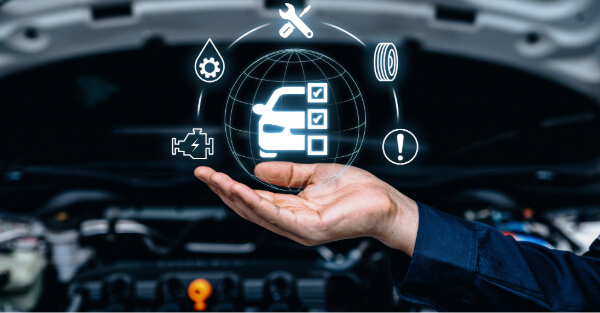
If you’ve ever purchased a vehicle, you’ve likely been offered a warranty. But between the sales pitch and the fine print, it can be difficult to determine if these protection plans are actually worth your money. This guide breaks down everything you need to know about car warranties to help you make an informed decision.

Winter driving presents unique challenges, and staying safe on the road requires updated knowledge and preparation. This guide will cover vehicle preparation, driving skills, and essential safety measures. Equip yourself with these tips to navigate snow and ice confidently and safely.

Choosing between AWD and 4WD depends on your driving needs. AWD continuously powers all wheels, making it suitable for urban and diverse conditions. 4WD powers all wheels only when needed, ideal for off-roading. This article will explore AWD vs 4WD differences to help you decide the best option.
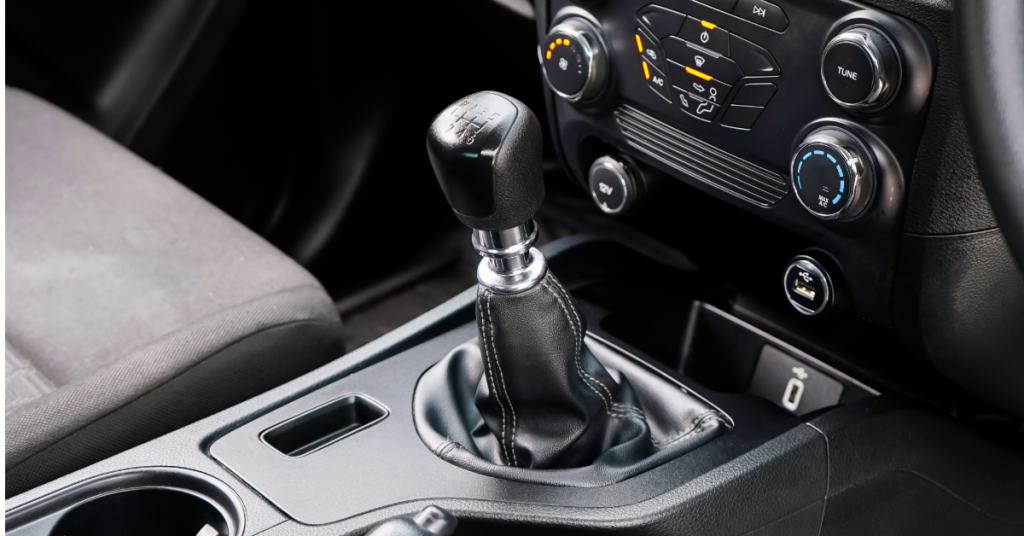
Manual or automatic is a crucial decision that can significantly impact your driving experience. So, let’s put the pedal to the metal and navigate the winding road of this manual or automatic transmission tussle.
